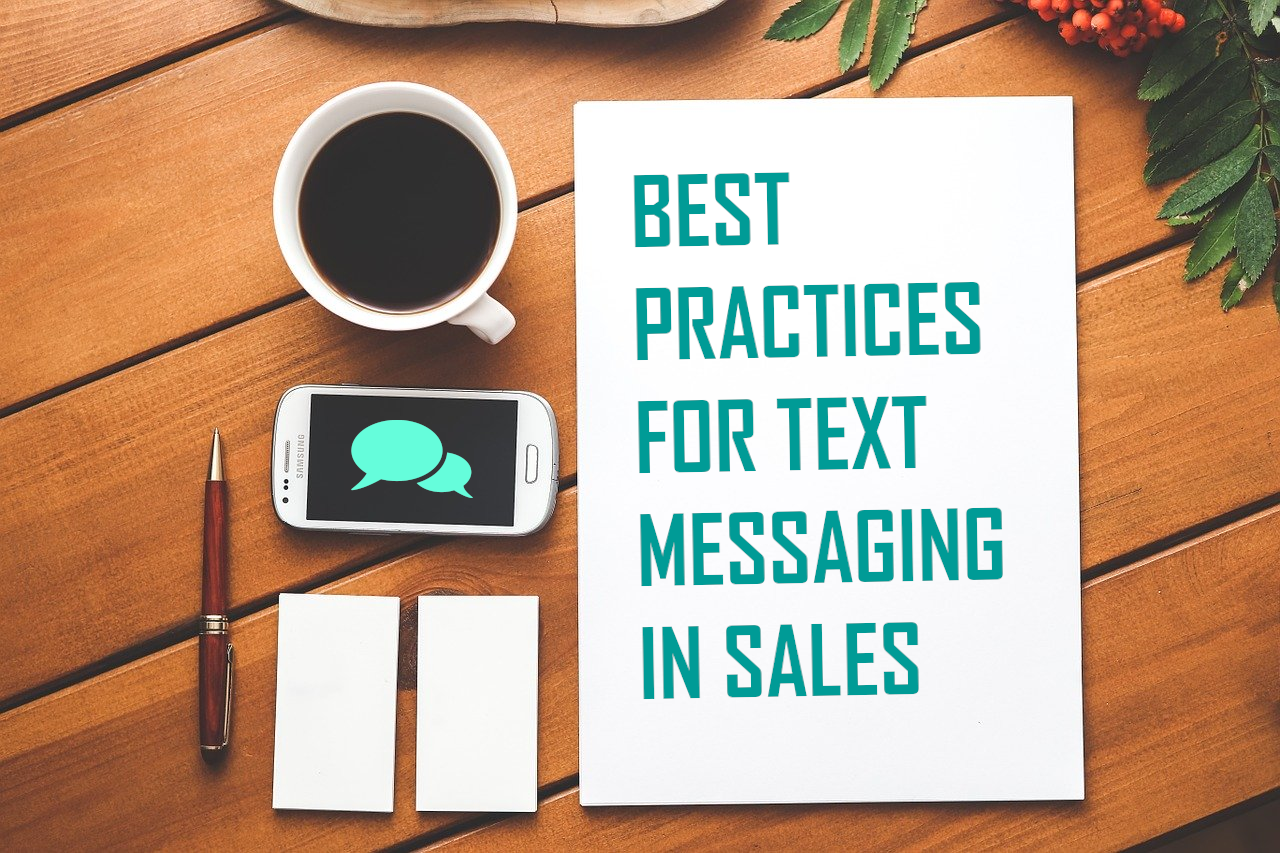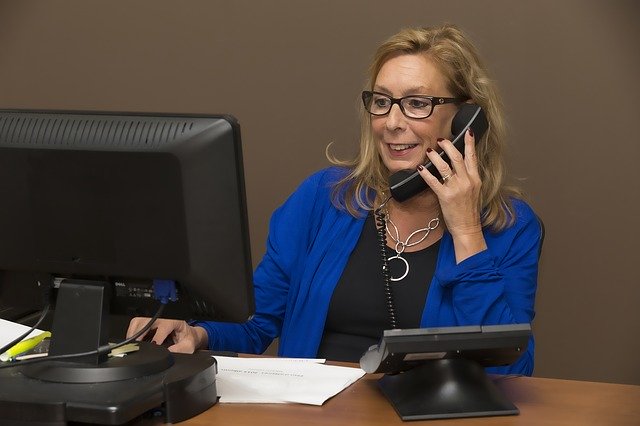Best Practices for Using Text Messaging in Sales
Text messaging in sales is tricky. It can be extremely useful, or it can push potential customers away.
You probably already use email, LinkedIn marketing, and voice calls to manage prospect relationships. However, if you’re not already using text messaging in your sales communication strategy, you could be missing out on a major opportunity to engage your leads and connect with them through a channel that’s already always at their fingertips: their smartphones.
Texting may be controversial in B2B sales since the medium can seem overly casual and is already the source of spam for many people. However, it can also be effective when used thoughtfully. What are some of the best practices for using text messages for follow-up? In this article, we’ll explain how you can leverage texting for sales success.
Know your customers before you text
Not everyone will appreciate being texted. For example, millennials and Generation Z will feel more comfortable than baby boomers with texting. Younger people may even appreciate a change of pace from endless email threads and voice calls.
If you’re able to segment your prospects by age, you’ll definitely want to use texting with younger contacts and save voice calls for the older contacts. If your industry is slow to adopt digital tools, then maybe texting isn’t the right option for you.
It’s helpful to understand why different age groups might prefer different mediums when it comes to follow-up. Millennials and GenZers appreciate texting because it allows them time to formulate an answer or consider whether your product/service is something they’re interested in. To this population, a text is more courteous than a call because it says, “Here’s some information to consider. Feel free to reply if you’re interested.”
A phone call to a millennial or GenZer is an interruption requiring them to put down their to-do list and listen to your pitch. A baby boomer, on the other hand, appreciates the personal touch of a phone call.
Therefore, a baby boomer is more likely to respond favorably to that personal connection on top of details about pricing, availability, etc. A baby boomer is more ready to process the information in one phone call and get all the answers they need, rather than texting back and forth. This doesn’t mean you can’t get anywhere with them when you text, though. It just means that, historically, they prefer phone calls.
If you’re going to try a text campaign with this age group, try including lots of personal touches before getting to the raw data since that’s what they like about phone calls. If you know them, ask them about their spouse, a new project they’re starting, or their take on a new bit of news you know they’re probably following in your text.
Get permission to send a text message
Before moving forward with a texting strategy, you’ll want to get permission to text your contact.
To do that, you’ll first want to build a rapport with the contact, so texting should never be your first point of contact; email and voice calls are better suited for cold outreach. Then, if possible, you’ll want to include some kind of “Okay to text” checkbox on your lead forms so you can be sure that the person has explicitly permitted you to text them.
You want to feel good about reaching out to someone via text—you don’t want to earn yourself and your company a poor reputation because you’re just another spammer.
When creating your “Okay to text” checkbox, you may want to offer an incentive for prospects to allow a text. Otherwise, most will opt out of texts from businesses. If you word something like “Okay to text about special sales/deals/events,” it allows the consumer to immediately see the benefit of being on your text list.
There are actually seven questions you should ask yourself before sending push notifications, which is a great set of guidelines you can adapt for marketing text messages as well.
Keep your text messaging in sales professional
Just because text messaging is an informal platform doesn’t mean you have to get loose with your spelling and grammar. Always proofread your text messages and treat them the same way you would an email: Use complete sentences and avoid slang or too many emojis. You can keep your messaging brief without resorting to abbreviations and shortcuts.
It’s important to reach out and develop a rapport with customers via text while still appearing professional. There’s a balance that may be different with each customer. If a customer’s text response includes a lot of emojis or informal language, your answer shouldn’t seem cold and formal. Try to match their tone as much as possible (while maintaining your professionalism).
Imagine your company sells air conditioning units, and you text a customer about a deal. If they reply with, “That’s a good idea! It’s hot as hell over here!” along with several emojis, you can commiserate by saying something like, “I know what you mean! It’s quite uncomfortable over here, too.” You’re acknowledging their message without appearing unprofessional.
Have you successfully used text messaging for sales in the past? What do you like best about connecting with prospects via text message?
Latest posts by FollowUp (see all)
- CRM Integrations: Sometimes Less Is More - March 18, 2021
- Becoming an Account Executive in 5 Totally-Doable Steps - January 29, 2021
- 3 Bad Sales Techniques You Should Give Up Right Now - December 28, 2020



